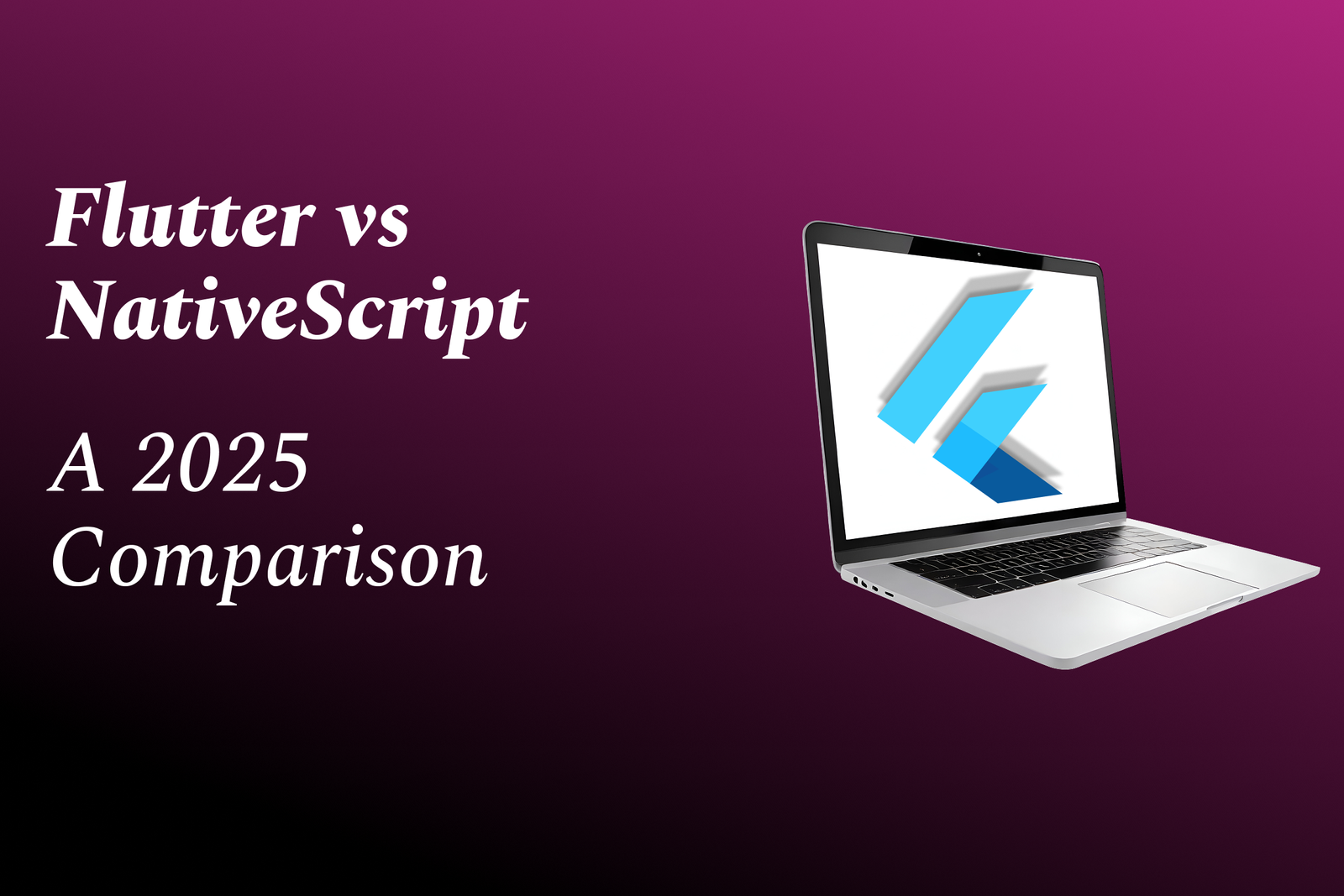iOS Image Handling
Optimizing Image Handling on iOS
iOS Image Handling
iOS image handling involves the management and manipulation of images within applications using various frameworks provided by Apple's development environment. Core Graphics and UIKit are primarily used for image rendering and manipulation. Images can be loaded into memory through formats such as JPEG, PNG, and HEIF, often utilizing the UIImage class for representation. Developers can easily display images in user interfaces via UIImageView, perform image processing with Core Image, and enhance performance with caching mechanisms like NSCache. Moreover, image assets are typically managed through asset catalogs, facilitating optimized storage and retrieval of images for different device sizes and resolutions. The introduction of SwiftUI has also streamlined image handling by providing a declarative syntax and integrating seamlessly with existing UIKit components.
To Download Our Brochure: https://www.justacademy.co/download-brochure-for-free
Message us for more information: +91 9987184296
1 - Understanding Image Formats: Familiarize students with common image formats in iOS, including JPEG, PNG, HEIC, and GIF, and their use cases.
2) UIImage Class: Introduce the UIImage class, which represents image data in iOS and can be displayed in various UI components.
3) Loading Images: Teach students how to load images from various sources: assets, URLs, and the file system using `UIImage(named:)`, `UIImage(contentsOfFile:)`, and `UIImage(data:)`.
4) Image Asset Catalogs: Explain the use of asset catalogs in Xcode to manage and organize images for different device resolutions (1x, 2x, 3x).
5) Scaling and Resizing Images: Discuss techniques to resize and compress images to maintain quality while optimizing performance using `UIGraphicsBeginImageContextWithOptions`.
6) Image Rendering Modes: Explain different rendering modes for images (default, template) and how they affect the appearance when used with UI components.
7) Lazy Loading Images: Introduce lazy loading concepts to improve performance, particularly for images in scrollable views like UITableView or UICollectionView.
8) Image Caching: Teach about caching mechanisms (in memory and filesystem) to improve performance when dealing with frequently used images.
9) Working with Core Graphics: Provide an overview of Core Graphics for more advanced image manipulation, such as drawing shapes and applying filters.
10) Image Filters and Effects: Discuss using Core Image for applying filters and effects on images, including blurring, color adjustment, and vignette effects.
11) UIImagePickerController: Explain how to use UIImagePickerController for selecting images from the photo library or capturing new photos using the camera.
12) Saving Images to Gallery: Demonstrate how to save images to the photo library using `UIImageWriteToSavedPhotosAlbum`.
13) Handling Image Orientation: Teach about image orientation (EXIF data) and how to properly display images according to their original orientation.
14) Download and Display Images from the Web: Introduce using libraries like AlamofireImage or SDWebImage to handle downloading and displaying images asynchronously from the web.
15) Image Accessibility: Emphasize the importance of accessibility when handling images, such as providing appropriate alt text for images using `accessibilityLabel`.
16) Memory Management with Images: Discuss best practices for managing memory when using images, including using autorelease pools and monitoring memory warnings.
17) Animating Images: Explain how to create GIF like animations using arrays of images or the `UIImage.animatedImage(with:duration:)` method.
18) Previewing and Editing Images: Introduce frameworks like UIKit’s `CIImage` and third party libraries for collaging, cropping, and enhancing images within the app.
19) Image Formats for Performance: Discuss which image formats are best for performance in terms of size and rendering speed when used in iOS apps.
20) Real World Applications: Provide case studies or examples of apps that extensively use image handling, thus helping students to visualize practical applications of the knowledge.
This outline can serve as a foundation for a training program on iOS image handling, providing students with a robust overview of the necessary skills and knowledge required to work with images in iOS applications.
Browse our course links : https://www.justacademy.co/all-courses
To Join our FREE DEMO Session: Click Here
Contact Us for more info:
Java Template Engine
post graduation in data analytics
Java Synchronization
Angular stomatitis VS cheilosis
java training institutes in bangalore near marathahalli











